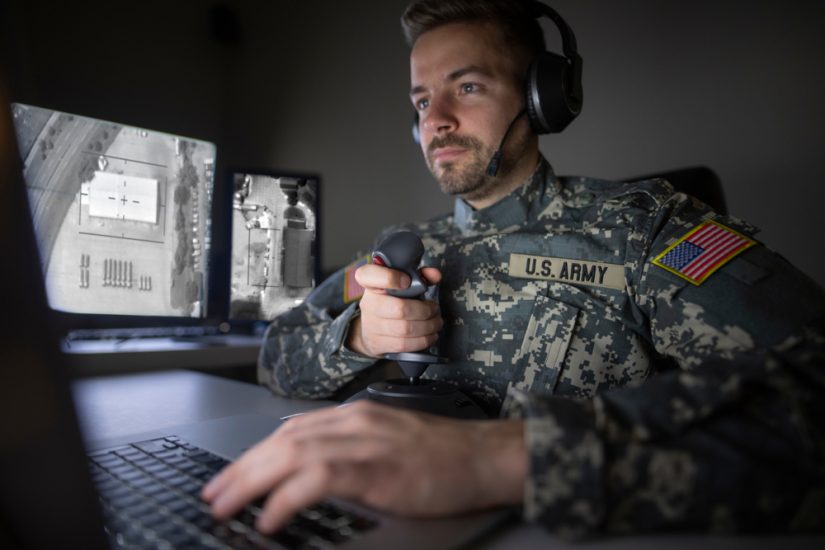The United States Special Operations Command (USSOCOM), Program Manager Special Programs (PMSP) has issued a tender for for state of the art technologies and capabilities for the Next Generation Identification and Awareness Initiative (NGIA). NGIA is established to meet requirements in the following focus areas:
Focus Area 1: TAGGING, TRACKING AND LOCATING (TTL): Having knowledge of when, where and what the enemy is doing is crucial to mission planning and eventual success. USASOC is looking to fill technology gaps in special technical capabilities for Tagging, Tracking, and Locating of High Value Individuals and Targets (HVI&T). Tailored solutions should provide Over The Horizon (OTH) and Line of Sight (LOS) day and night target tracking capabilities for extended periods, in all terrain/weather conditions, using ground based, airborne, or satellite receive methods. Specific desired characteristics include LPI/LPD communications, non-traditional means of exfiltration, and ability to survive in austere, near/peer operational environments.
Focus Area 2: RECONNAISSANCE & SURVEILLANCE (R&S): USASOC must provide operators with the ability to gain intelligence in areas that are not easily accessible due to terrain/weather restrictions, political sensitivities, and hostile forces. Special, unattended ground base sensors will provide, “orbits without orbits”, giving commanders situational awareness where traditional ISR systems are either non-existent or units are operating in unfamiliar environments where traditional collection may fail. Specific efforts that include OTH Audio/Video sensors, novel sensor modalities, and passive audio, machine vision object recognition sensors and can bypass adversarial countermeasures are highly desirable.
Focus Area 3: UNMANNED SYSTEMS (UMS): Remotely controlled ground and aerial based systems have become a significant contested technology focus area for USASOC. Multiple solutions are required for the US military to win in the next fight. The solutions include the creation of denied/degraded GPS, anti-RF C2 link jamming capabilities that are manufactured by US companies using parts, and able to be integrated on group 1 and/or group 2 UAS. Additionally, we require the ability to manage and reduce the RF control link signature in order to protect the UAS from opposition EW exploitation. Autonomy is increasingly important and will allow operators to keep focus on mission tasks and decrease the amount of “eyes on screen” time required to operate remotely controlled drones, reducing troop to task requirements. With the increased proliferation of commercial and enemy drone platforms, the ability to deny, control, exploit and counter those platforms is required to survive in the current and future operating environment.
The NGIA’s purpose is to form a sphere of technological excellence made up of participants from industry, non-profit organizations, and not-for-profit entities able to rapidly and efficiently propose and carry out, the development of prototype solutions that sustain and expand strategic superiority within broadly stated special operations focus areas of interest. It is intended that participants will perform a strategically important role in developing systems focused on the development, demonstration and transition of resilient and dynamic technological capabilities critically necessary for the Nation’s special operation forces. Prototype projects awarded as a result of this announcement may result in follow-on production Other Transaction Agreements or Contracts in the quantities specified within any particular project announcement released within the NGIA competitive environment.
Deadline: April 1, 2025
Tender number: W911SR-22-S-NGIA
Responsible organisation: US Army
For more information
https://sam.gov/opp/42397f9cd1e74fa7b66ebf24ed511aad/view
(Image: Shutterstock)




